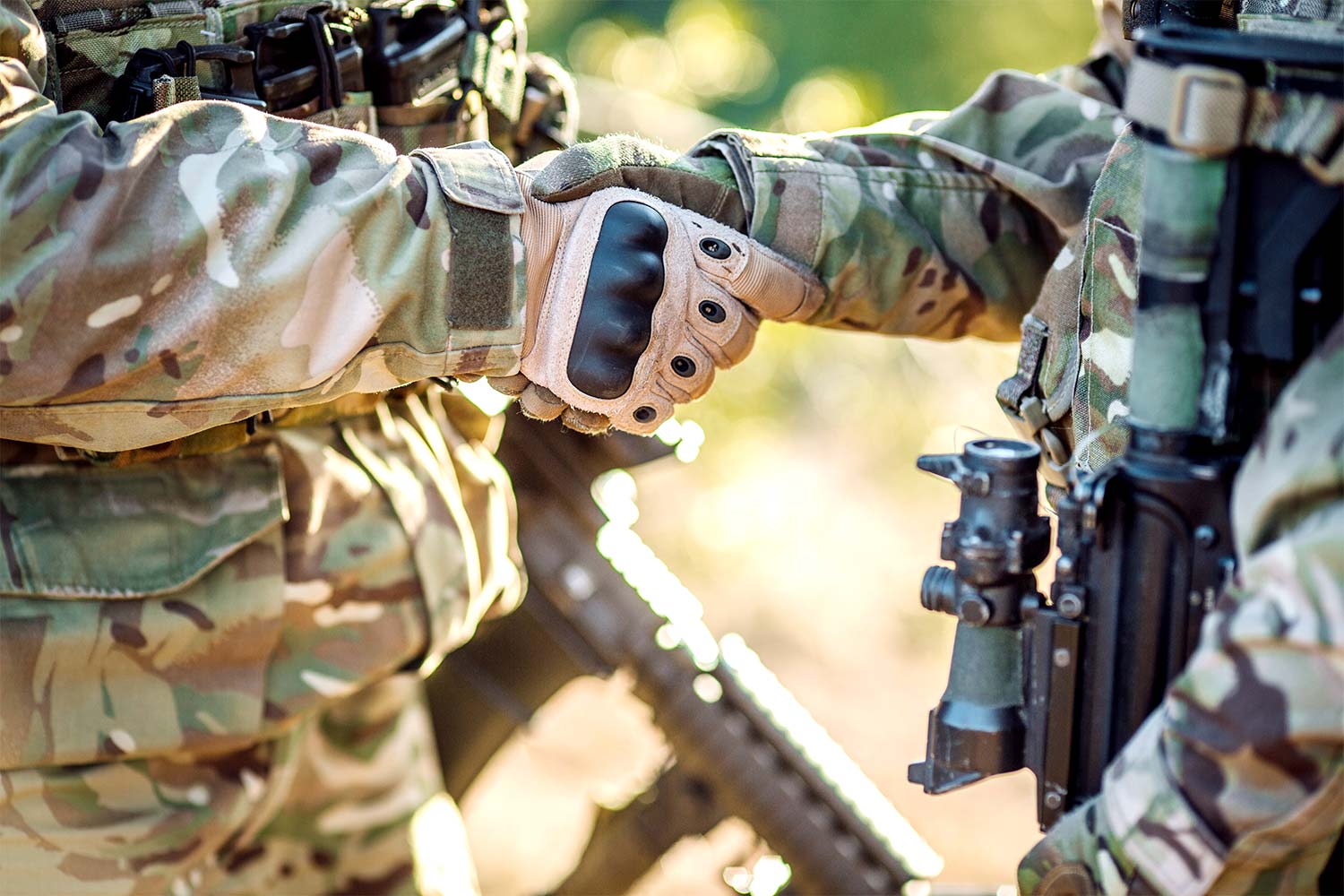
Dwight D. Eisenhower, Supreme Commander of the Allied Forces during World War II and later the 34th President of the United States, emerged as one of the most influential figures of the conflict. Not only did he cultivate strong relationships with over 50 allied nations, but he also demonstrated remarkable diplomatic skills, mediating intense conflicts and managing complex international interests with precision. His leadership paved the way for the monumental D-Day invasion on June 6, 1944, when approximately 160,000 Allied troops—primarily from the United States and the United Kingdom, alongside forces from Canada, France, Australia, Poland, and Norway—launched a decisive assault on the Normandy coast. Successfully breaching Germany’s main defensive line, this operation marked a pivotal turning point, shifting the momentum of the war in favor of the Allies.
Following the initial success of the amphibious assault, the Allies sought to advance into the heart of Germany and bring the war to an end. However, their progress was met with fierce resistance from Germany’s elite armored divisions. As the battle stretched on for nearly two months, Eisenhower realized he needed a commander capable of breaking the stalemate: General George S. Patton.
At the time, Patton was embroiled in controversy and had been removed from his command, leaving him unable to participate in ongoing operations. Yet, Eisenhower placed his trust in Patton’s military prowess, assigning him the critical mission of turning the tide of battle. Known for his fiery temperament, bold leadership, and sometimes rash decisions, Patton wasted no time reenergizing his troops. With passionate speeches and relentless training, he sharpened their mobility and combat readiness. Living and fighting alongside his frontline soldiers, he famously declared, “Attack, attack, and if in doubt, attack again.”
Patton’s forces advanced at an unprecedented pace, moving so quickly that supply units struggled to keep up with fuel and ammunition. It is even said that Eisenhower devised the creative solution of using airlifts to sustain Patton’s rapidly advancing troops. Thanks to Patton’s extraordinary execution, the Allies gained the momentum they needed to push forward and bring the devastating war to an end. Eisenhower, the visionary strategist, and Patton, the bold tactician, formed a powerful alliance—one leading with careful planning, the other with fearless action. Together, they accelerated the conclusion of World War II.
Just as military leaders with contrasting styles worked together to achieve victory, members of the faith—each with diverse backgrounds, personalities, and approaches—have been called to serve as soldiers of the gospel. Among us are companions whose traits may seem vastly different from our own. Some act swiftly, while others proceed with caution. One person’s decisiveness might appear aggressive, while another’s careful deliberation might seem hesitant.
In such moments, let us remember an essential truth: each person faithfully carries out their assigned duties according to their unique strengths. Some brothers are doing what I cannot, and some sisters are noticing what I might overlook. It is through this divine orchestration of differences that the new covenant gospel advances rapidly, overcoming obstacles in its path.
Just as complementary colors—teal and red, yellow and navy, light green and purple—create a striking harmony, so too can we, through unity in diversity, create something beautiful in our faith. As we embrace the time given to us, let us work together with those who are different from us to ring the triumphant bell of the gospel, which will resound across the spiritual world.